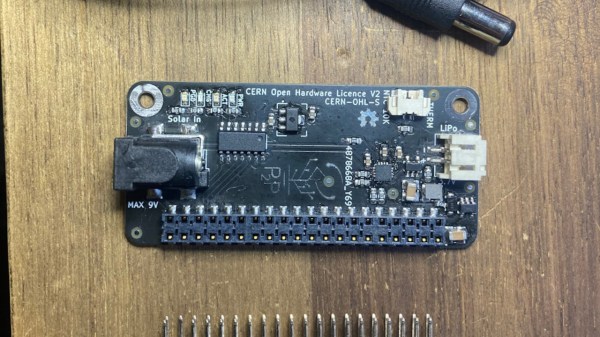Composting doesn’t seem difficult: pile up organic matter, let it rot. In practice, however, it’s a bit more complicated– if you want that sweet, sweet soil amendment in a reasonable amount of time, and to make sure any food-born pathogens and weed seeds don’t come through, you need a “hot” compost pile. How to tell if the pile is hot? Well, you could go out there and stick your arm in like a schmuck, or you could use [Dirk-WIllem van Gulik]’s “LORAWAN Compostheap solarpowered temperaturesensor” (sic).
The project is exactly what it sounds like, once you add some spaces: a solar-powered temperature sensor that uses LoRaWAN to track temperatures inside (and outside, for comparison) the compost heap year round. Electronically it is pretty simple: a Helltech CubeCell AB01 LoraWAN module is wired up with three DS18B20 temperature sensors, a LiPo battery and a solar panel. (The AB01 has the required circuitry to charge the battery via solar power.) Continue reading “Keep Track Of The Compost With LoRaWAN”


















